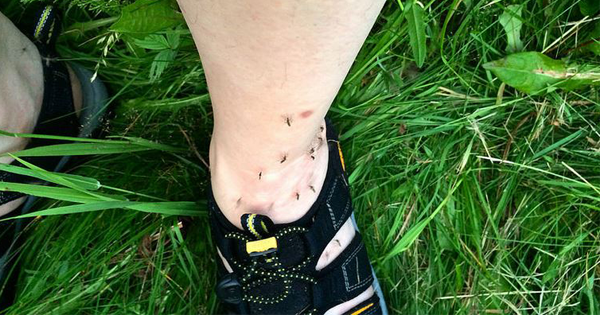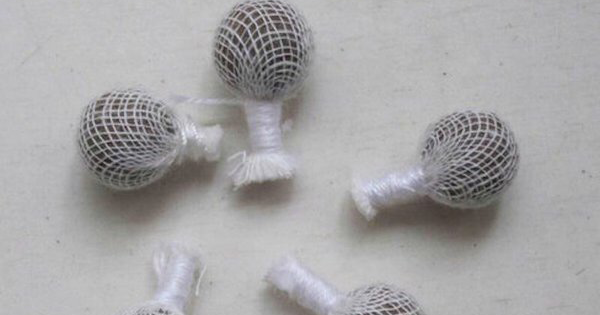When it comes to uncomfortable bug bites, most of us just automatically assume that we must have caught the attention of a mosquito or bee.
While insect bites can often feel itchy and painful, they’re rarely very dangerous or harmful. But that isn’t always the case.
That’s why it’s so important to know how to distinguish between different insect bites and stings.
Here are 5 common bites and stings to look out for—and how to treat them:
- Fleas: These small, wingless insects feed off of the blood of their host—and they don’t just bite pets, either. While flea bites aren’t usually harmful on their own, they can feel so itchy that you might end up causing your skin to bleed just from scratching them too hard. If you have a pet, make sure to treat it with flea medication to get rid of the source first. You should also vacuum, wash your sheets, and spray an insecticide on any infested areas.
- Ticks: Few insects are quite as sneaky as ticks. These tiny bugs can literally get under your skin if you so much as brush past them while walking outside. While ticks don’t usually carry diseases, the ones they can carry are sometimes as serious as Lyme disease and Rocky Mountain spotted fever. It’s extremely important to keep your arms and legs covered when walking through grassy areas. Once a tick attaches to your skin, it will try to move toward moist areas, like the armpit and groin, passing on any diseases it carries along the way.
- Head Lice: No bigger than sesame seeds, lice like to hide in the neck area of the scalp and behind the ears—anywhere they can find hair. If you have head lice, you probably got them from sharing a hairbrush or hat with another person who has lice. While lice are very itchy, it’s important not to scratch, as you can create an open wound that may lead to infection. To kill lice and their eggs (nits), you can buy special creams or shampoos from your local drugstore. It’s also important that you wash all your sheets, clothing, and brushes to prevent the lice from spreading any further.
- Bee, Wasp, Hornet, Yellow Jacket: Many types of bees lose their stinger and die after just one sting. But wasps, hornets, and yellow jackets can inflict multiple painful stings without losing their stinger. As long as you’re not allergic to these stings, you can simply remove the stinger, clean the site, apply ice, and take ibuprofen for pain relief. If you do have a severe allergic reaction, use an epinephrine auto-injector if you have one and call for emergency care.
- Fire Ants: While these may look a lot like regular ants, fire ants can become very aggressive when disturbed. Found inside large mounds in most Southern states, these sneaky ants latch onto the skin by their jaw and sting through the abdomen. Often, they inject painful venom when they sting. These stings typically cause extremely painful red lesions that burn and itch. They may also appear to be filled with pus. Generally, you can treat a fire ant sting with cold ice packs, antihistamines, and pain relievers, but a large number of them may also cause life-threatening allergic reactions that require emergency care.
Do you have any insect bites or stings to add? If so, tell us in the comments!
Photo Copyright © 2014 Rick Miller/Flickr





